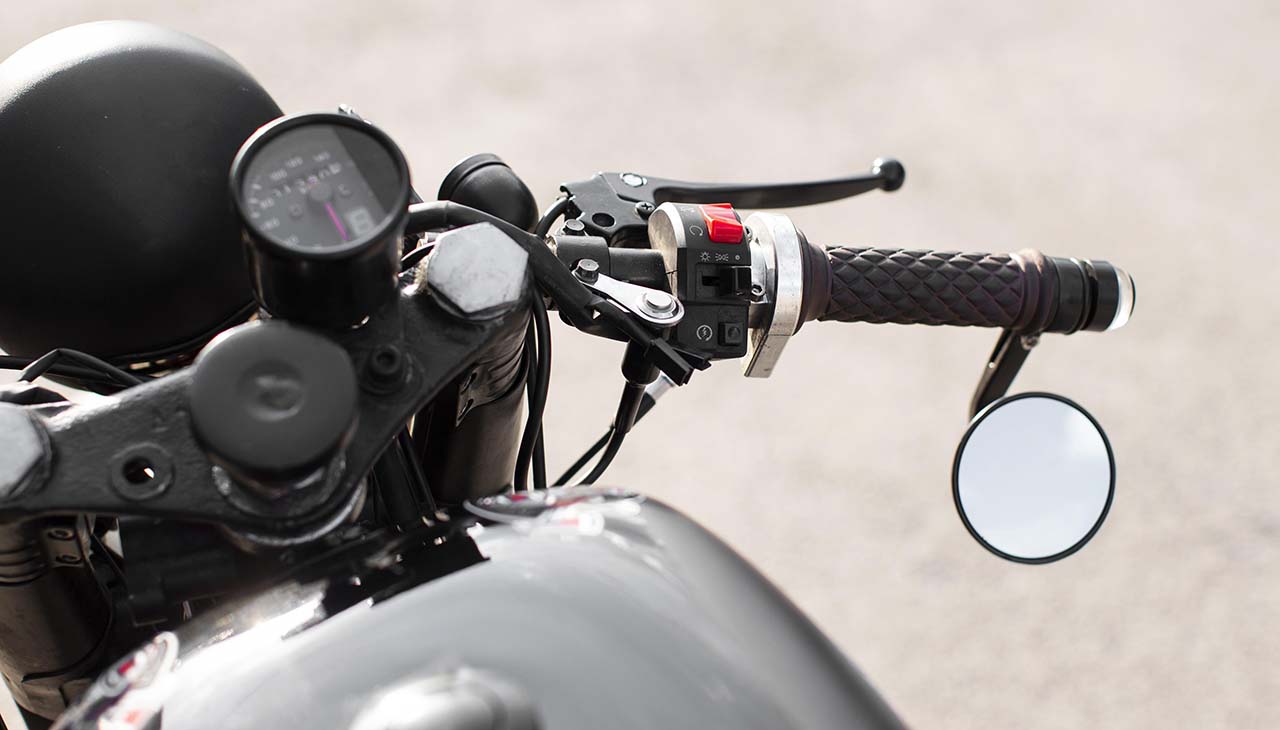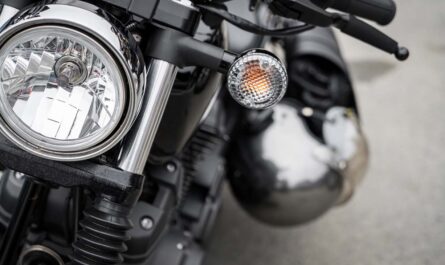In the realm of custom motorcycle fabrication, the evolution of materials and methods constantly pushes the boundaries of what is technically achievable. Among the multitude of materials utilized today, advanced resin stands out for its versatility, strength, and ability to accommodate intricate designs. This guide aims to explore sophisticated resin casting techniques tailored specifically for crafting complex motorcycle components. By marrying the art of design with cutting-edge technology, motorcycle enthusiasts and professional fabricators alike can unlock new potential in customization and performance enhancement.
Traditional Resin Casting Techniques
Traditional resin casting methods have long been a staple in the production of motorcycle components due to their simplicity and cost-effectiveness. These techniques typically involve creating a mold from a master model, which can be made from various materials including clay, wood, or even an existing part. The mold is then filled with liquid resin, which hardens into the desired shape after a curing period. Traditional methods, such as hand lay-up techniques where resin and fibers are manually placed in the mold, or spray-up casting, where resin is sprayed onto the mold surface, are widely utilized for their straightforwardness.
The primary advantages of traditional resin casting include its accessibility to hobbyists and small-scale fabricators, minimal upfront investment in equipment, and the ability to produce parts with relatively complex shapes. However, these methods possess notable limitations. The reliance on manual processes often results in inconsistencies in part quality and strength, with potential for air entrapment and uneven material distribution. Additionally, traditional methods can be labor-intensive and time-consuming, especially for intricate designs or high-volume production runs. The curing process can also introduce stresses that may cause warping or dimensional instability in the final product.
Advanced Resin Casting Technologies
Advancing beyond traditional methodologies, modern fabricators of motorcycle components are increasingly turning to advanced resin casting technologies to achieve unprecedented detail and reliability. Among these, vacuum casting, pressure casting, and rotational molding stand out for their ability to address the limitations of conventional methods.
Vacuum Casting utilizes a vacuum to pull resin into a mold. This technique is particularly adept at eliminating air bubbles, ensuring a more consistent material density and superior part strength. Ideal for small to medium production runs, vacuum casting is perfect for producing high-quality, intricate parts with excellent surface finishes.
Pressure Casting, on the other hand, involves injecting resin into a mold under high pressure. This method greatly reduces the likelihood of air entrapment and can achieve more complex shapes with higher precision. Pressure casting is suited for producing parts that require tight tolerances and uniformity, making it invaluable for critical motorcycle components.
Rotational Molding offers a unique approach by rotating the mold during the casting process. This method ensures an even coating of resin over the mold’s interior surfaces, resulting in parts that are lightweight yet incredibly strong. Rotational molding is especially beneficial for creating large, hollow components with complex geometries.
Each of these advanced techniques offers distinct benefits for the production of intricate motorcycle parts, enabling designers and fabricators to push the limits of creativity and functionality. By leveraging the precision, efficiency, and versatility of these methods, motorcycle enthusiasts can achieve customization and performance enhancements that were once deemed unattainable.
Material Selection for High-Performance Motorcycle Components
Choosing the right resin and additives is crucial for creating high-performance and durable motorcycle components. The selection process involves considering factors such as mechanical properties, environmental resistance, and the component’s specific application. For high-performance parts, specialized resins such as epoxy, polyurethane, and silicone offer distinct advantages in terms of strength, flexibility, and heat resistance.
Epoxy resin stands out for its exceptional mechanical strength and adhesion, making it ideal for structural components that experience high stress. Its excellent thermal resistance and low shrinkage upon curing also contribute to dimensional stability under a range of temperatures.
Polyurethane resins are favored for their versatility and superior impact resistance, which is essential for parts exposed to tough conditions. By adjusting the formulation, fabricators can tailor the hardness and flexibility of the final part, offering a balance between strength and shock absorption necessary for various motorcycle components.
Silicone resins offer the highest flexibility and thermal resistance, suitable for seals, gaskets, and insulation parts. Their inherent resistance to weathering, UV light, and extreme temperatures makes them invaluable for components exposed to harsh environmental conditions.
Incorporating additives into the resin can further enhance the performance and longevity of motorcycle components. Fillers can be used to improve mechanical properties, such as strength and thermal conductivity, while specialized additives like UV stabilizers and flame retardants increase the part’s durability and safety.
Ultimately, the choice of resin and additives depends on a thorough understanding of the component’s requirements and operating conditions. By carefully selecting the appropriate materials, fabricators can ensure that their custom motorcycle components meet the highest standards of performance, durability, and aesthetics.
Design Considerations for Complex Motorcycle Parts
Design considerations are paramount in the mold-making and resin casting process, particularly for the production of intricate motorcycle components. Effective design ensures not only the feasibility of production but also impacts the durability, performance, and aesthetics of the final parts. A meticulous approach to design can mitigate common challenges in resin casting, such as air entrapment, inadequate material flow, and part shrinkage. It entails the strategic placement of gates, runners, and vents to facilitate optimal resin flow and air evacuation. Additionally, careful planning of the parting line minimizes visible seams, enhancing the component’s appearance. For complex shapes, incorporating features like drafts and fillets eases mold release and reduces stress concentrations, thereby improving part longevity. Design also plays a critical role in selecting the appropriate resin and casting technique, ensuring the component meets the required specifications. By addressing these factors early in the design phase, manufacturers can avoid costly revisions and achieve superior quality in their motorcycle parts.
Case Studies
In the realm of custom motorcycle fabrication, the application of advanced resin casting methods has led to remarkable successes. A notable example is the creation of a custom fuel tank for a high-performance racing motorcycle. The project utilized vacuum casting to achieve a lightweight yet durable tank with intricate internal geometries designed to reduce fuel sloshing and improve vehicle stability at high speeds. The use of epoxy resin, selected for its high mechanical strength and excellent thermal resistance, resulted in a component that not only met but exceeded the rigorous demands of competitive racing environments.
Another significant achievement can be seen in the development of a bespoke set of motorcycle fairings for a retro-inspired motorcycle rebuild. Leveraging pressure casting allowed the fabricators to produce parts with complex shapes and extremely tight tolerances, ensuring a perfect fit that was crucial for both the aesthetic and aerodynamic performance of the bike. By opting for polyurethane resin, the team was able to introduce a level of impact resistance and durability that traditional manufacturing methods would struggle to achieve, enabling the motorcycle to withstand the rigors of both the road and the racetrack.
These examples underscore the versatility, precision, and improved material properties that advanced resin casting methods bring to the table. They highlight how innovative techniques and material selection are instrumental in pushing the boundaries of motorcycle component design and functionality, offering customization options and performance enhancements that cater to the most demanding applications and enthusiast desires.


